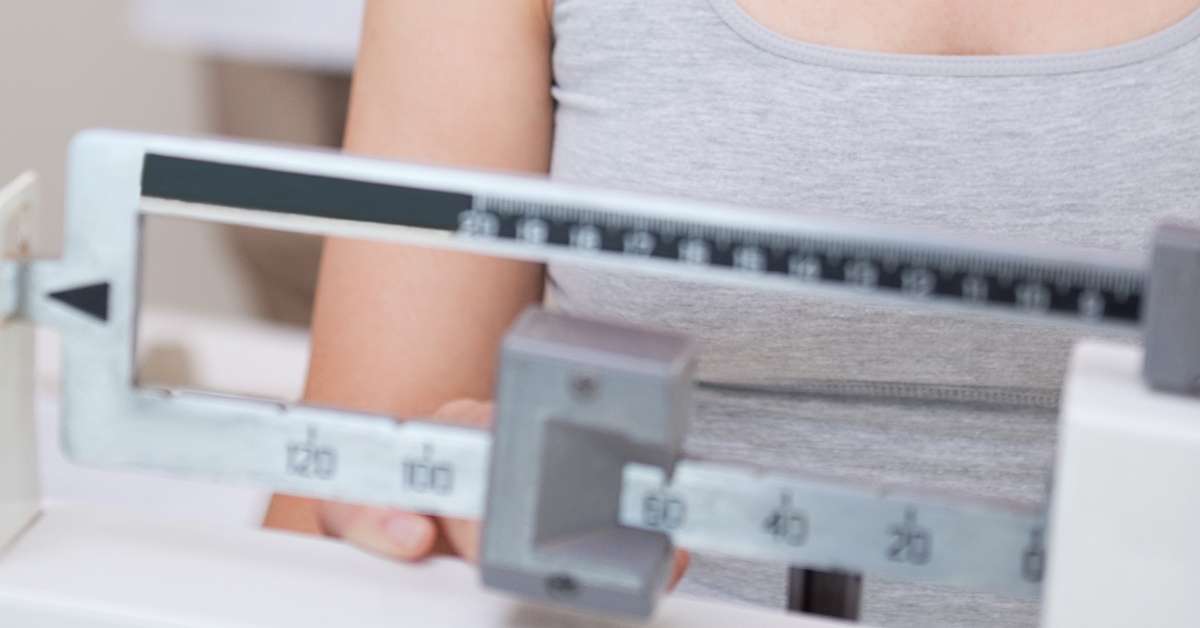
Food Pyramid? MyPlate? Healthy Eating Plate? Which Nutrition Standard Should I Follow?
Over some 25 years, Americans have grown accustomed to the nutrition guide known as the Food Guide Pyramid, which seeks to illustrate the proportions of meat, vegetables, grains and beverages that make up a healthy diet. Through revision and eventual replacement by MyPlate, the Food Pyramid has stuck in the American imagination as the nutrition standard to follow.
The Food Guide Pyramid was first published by the US Department of Agriculture in 1992 and updated in 2005 as MyPyramid, a predecessor to MyPlate.
USDA created MyPlate in 2011, partially in response to critics who complained that the original pyramid arrangement was confusing, in part because the top of the pyramid showed the least healthy dietary elements. The simpler design of MyPlate – a round plate showing recommended portions of the different food groups as a pie chart – was certainly easier to make out, but it has yet to enter the national consciousness the way the Pyramid did. Also in 2011, the Harvard University School of Public Health released its Healthy Eating Plate infographic, intended to provide a healthier alternative to USDA’s MyPlate.
What is MyPlate?
MyPlate is a simple presentation of nutritional needs, intended to be more easily understood than the original pyramid. It’s not without critics – some say the protein and dairy sections are unnecessary as the same nutrients are available in other dietary sources. The head of the Harvard School of Public Health, Walter Willett, was quoted as saying that MyPlate, “mixes science with the influence of powerful agricultural interests, which is not the recipe for healthy eating.”
What is the Healthy Eating Plate?
Harvard’s Healthy Eating Plate was created as an update and refinement to MyPlate, using the latest scientific data on portions, fats, carbohydrates, proteins, and other dietary elements. Also, unlike MyPlate and MyPyramid, HSPS designed the Healthy Eating Plate to be free influence from food industry lobbyists.
Healthy Eating Plate and MyPlate Compared
MyPlate serves as a good basic guideline, helping people make heathy nutritional choices, by recommending more vegetables, for example. However, compared to the more extensive Healthy Eating Plate it places less focus on necessary nutrients and dietary needs.
Harvard’s Healthy Eating Plate is certainly more detailed. If you are willing to delve deeper into healthy eating habits and a well-balanced diet, then the Healthy Eating Plate is for you.
The Healthy Eating Plate has inspired some controversy, drawing critics for the emphasis placed on cooking oils and for categorizing coffee and tea with water. Another point of contention is the exclusion of potatoes from the diet.
In general, MyPlate offers a simple and easy-to-adopt approach to a healthy, well-balanced diet. Besides recommending physical activity, the Healthy Eating Plate suggests a higher ratio of vegetables to fruit, and ranks healthy proteins and whole grains as equal quarters of your diet, among other differences.
To conclude, following either MyPlate or Healthy Eating Plate guidelines would be a significant improvement over an undisciplined, fast-food-centered diet. The best course for many people is to learn the basics of well-balanced nutrition habits, and follow whatever combination of diet recommendations helps them stick to the plan.
